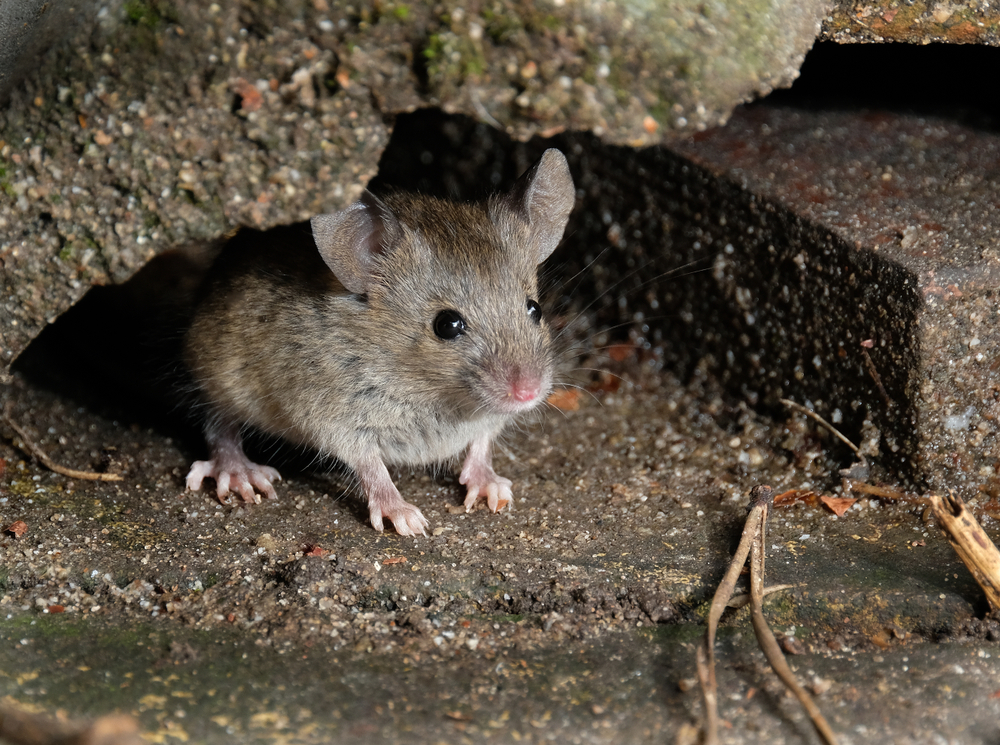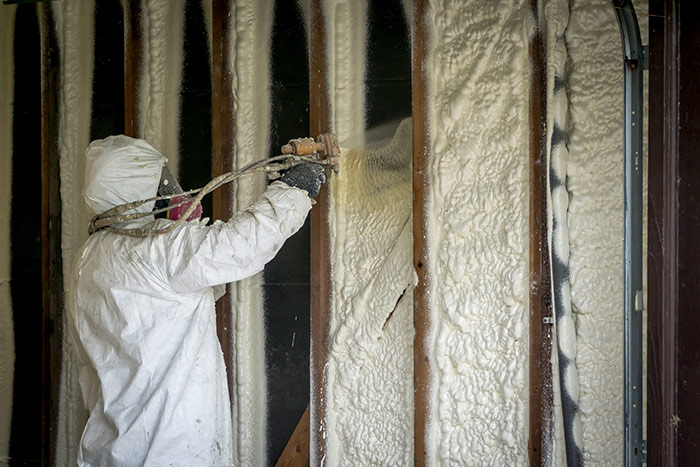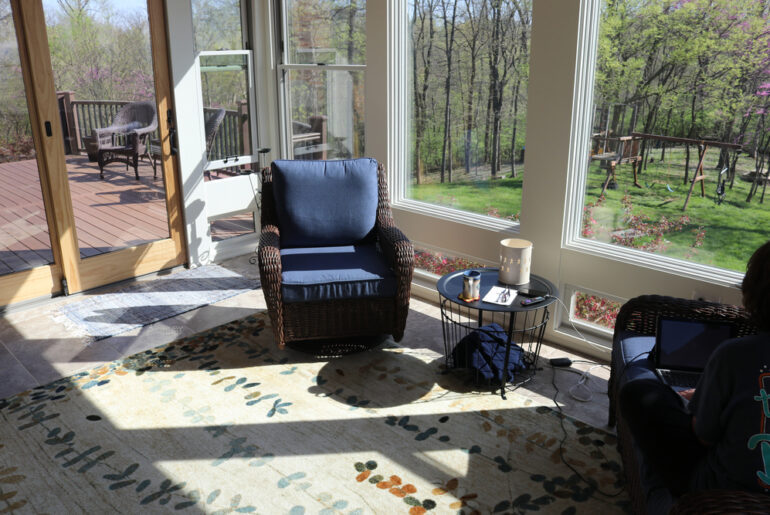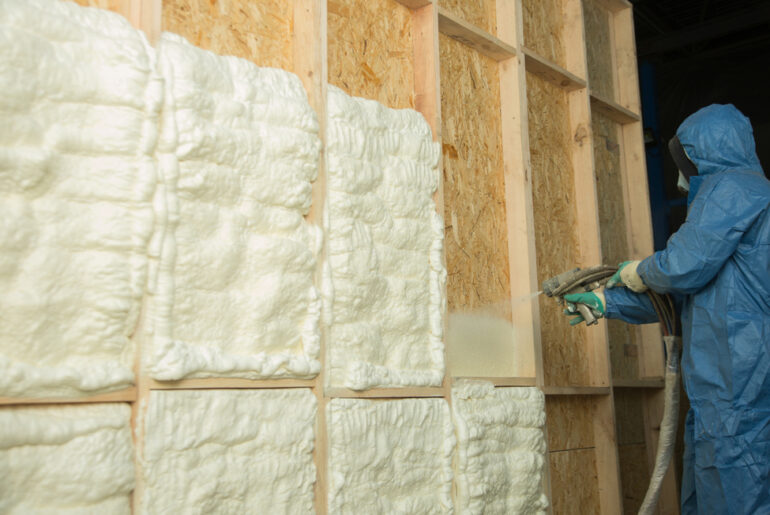One of the most common problems homeowners experience when installing insulation is the pests like mice that love to nest inside, creating a breeding ground and damaging the insulation. So if you have spray foam at home, you might wonder if it can stop mice.
Spray foam can effectively stop mice by sealing holes, gaps, crevices, and cracks in the house’s structure where mice can enter. It also doesn’t provide any food source or nutritional value, so the mice won’t automatically chew into it.
Before applying spray foam, you should consider if it can help hinder mice infestation, as this problem can be costly and challenging.
With that said, we will discuss the benefits of installing spray foam insulation in warding off pests like mice and other sealants that work best for these rodents, so read on!
Does Expanding Foam Stop Mice?
Mice, critters, and other pests can usually get into a structure through cracks or holes in the house’s foundation, walls, or floors. And one effective solution to keep mice from entering the house’s interior is to apply spray foam insulation.
Expanding or spray foam can effectively stop mice as it seals the home tightly. Since it expands upon application, it fills the gaps, cracks, crevices, or holes in the house’s structure, such as crawlspaces, attics, rim joists, basements, garages, and any areas where rodents and other pests can enter. In addition, applying spray foam ensures the site is appropriately mouse-proofed because it creates an air seal that keeps the air inside.
Since spray foam also doesn’t degrade and remains intact for years, it leaves no crevices for rodents to get through, unlike other insulation types.
Do Mice Eat Through Spray Foam?
Spray foam insulation does not attract mice, as it doesn’t represent a food source or provide any nutritional value due to the materials used in creating it. So when a mouse comes in contact with a spray foam, it won’t automatically chew into it. Instead, it will walk away.
However, this case may vary depending on the situation, as spray foam is in no way a mouse-repellant. If a mouse smells food or any food source beyond the barrier, it will likely chew through the spray foam and the wood to access what’s within. The spray foam’s effectiveness will also depend on the spray foam’s thickness.
Does Anti-Pest Spray Foam Work Against Mice?
Anti-pest spray foam can block pests, such as ants, spiders, cockroaches, and other vermins, from entering the home and damaging it. It’s also well-known to work well with stopping mice.
This specially formulated spray foam can work against mice by blocking them from entering, as it provides an airtight and long-lasting bond to most building materials. In addition, as opposed to other forms of insulation, anti-pest spray foam has material contents like isocyanate that acts as a deterrent for pests, including rodents. This keeps mice out in a pesticide-free way. And as mentioned above, spray foam doesn’t provide a food source, so mice won’t have any particular interest and won’t chew into it. Also, spray foam in dry or wet form is hazardous or toxic to pests, like mice, when ingested.
How to Make Sure Mice Don’t Eat Your Spray Foam?
One of the most important things is to ensure spray foam insulation is installed correctly and that all openings, gaps, holes, or crevices, are sealed tightly, as rodents can squeeze through them and damage the spray foam.
Crucial places to look for gaps include pipes, vents, attics, basement, crawl space, floor drains, and between the floor and wall juncture. It’s also important to check on outside structures, such as eaves, rafters, the foundation of the house, electrical lines, and windows and doors.
Another way to prevent mice is to create a barrier around the spray foam that can’t they destroy. For example, using mesh wiring surrounding the spray foam will stop them from making their way past the material and destroying the foam insulation.
Another method to ensure mice don’t eat or chew through your spray foam is to ensure it has appropriate thickness. This is because mice will chew into it when it smells of a food source beyond the barrier.
What Is The Best Sealant To Keep Mice Out?
Aside from spray foam, cellulose insulation also make a great sealant and insulation type to keep mice out. It’s made of recycled paper and is treated with fire retardants and chemicals that repel pests.
In addition, cellulose is a blown-in insulation type and forms a seamless blanket of natural fibers, and it effectively seals cracks and gaps that hinder mice from entering the house. It’s also loose, which isn’t ideal for mice to burrow and build a nest.
Another insulation type that effectively seals mice is loose-fill fiberglass insulation as it is loose and falls in on itself, making it less appealing to mice and other pests.
It’s also important to steer away from using fiberglass insulation as it is appealing to rodents because of its woven fiber-reinforced plastic fabric that is naturally fluffy. The squishy batts or sheets are cozy for mice, inviting them to settle and build nests.





